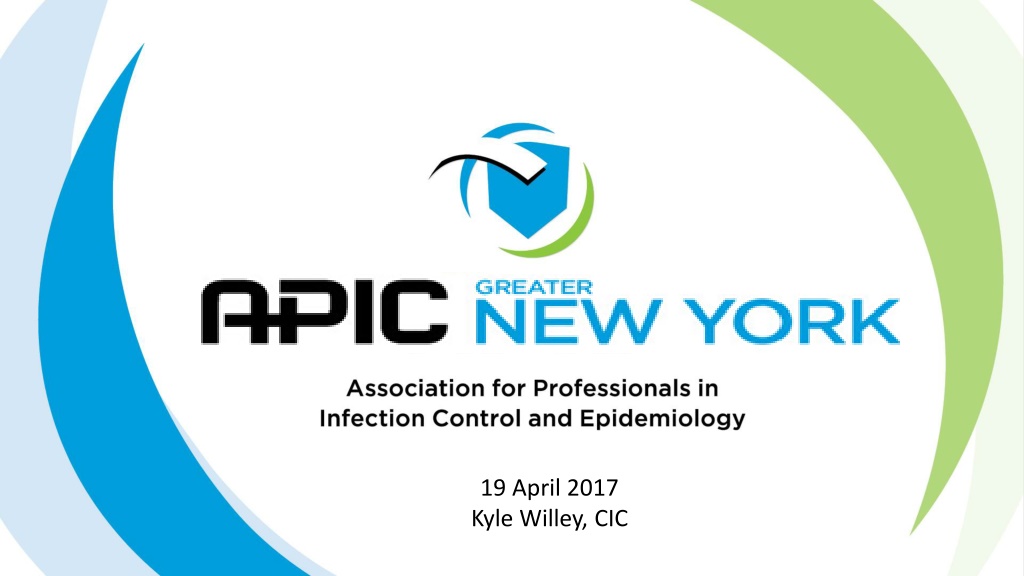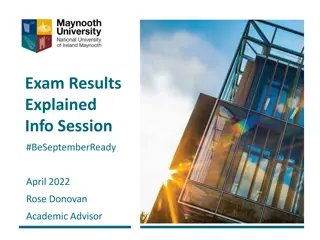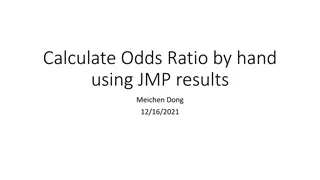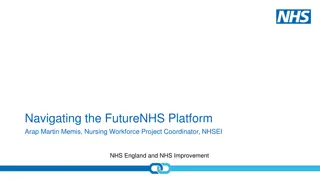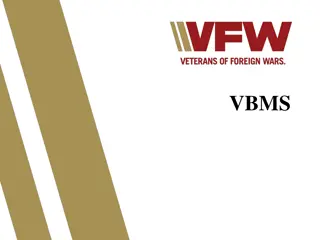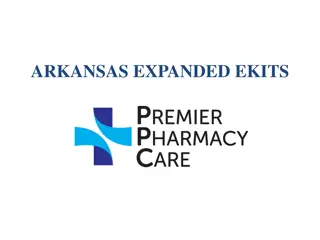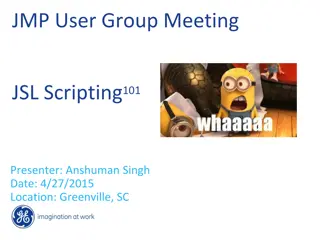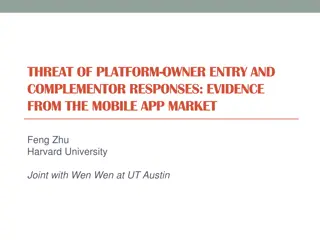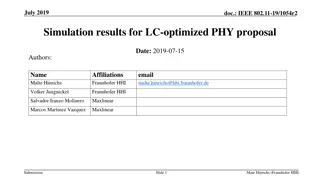Accessing Results in JMP Platform
JMP Statistical Discovery LLC provides insights on accessing results within their platform, detailing mechanisms, tools, and best practices for efficient utilization. These insights include leveraging dual personalities in JMP Windows, utilizing object references to direct messages, and the structure of display box nodes. Save scripts, handle modifications, and communicate effectively with platform layers for optimal results.
Uploaded on Mar 04, 2025 | 0 Views
Download Presentation

Please find below an Image/Link to download the presentation.
The content on the website is provided AS IS for your information and personal use only. It may not be sold, licensed, or shared on other websites without obtaining consent from the author.If you encounter any issues during the download, it is possible that the publisher has removed the file from their server.
You are allowed to download the files provided on this website for personal or commercial use, subject to the condition that they are used lawfully. All files are the property of their respective owners.
The content on the website is provided AS IS for your information and personal use only. It may not be sold, licensed, or shared on other websites without obtaining consent from the author.
E N D
Presentation Transcript
19 April 2017 Kyle Willey, CIC
1. An autoclave used to sterilize surgical instruments is set at 200 F (93 C) for 15 minutes. The Infection Preventionist (IP) should take which of the following actions FIRST? A. No response is needed; the time and temperature are adequate for sterilization Provide "just-in-time" training to all staff who process surgical instruments Recommend a biological indicator be placed in the next load Recall the loads that have been reprocessed using these settings B. C. D.
1. An autoclave used to sterilize surgical instruments is set at 200 F (93 C) for 15 minutes. The Infection Preventionist (IP) should take which of the following actions FIRST? A. No response is needed; the time and temperature are adequate for sterilization Provide "just-in-time" training to all staff who process surgical instruments Recommend a biological indicator be placed in the next load Recall the loads that have been reprocessed using these settings B. C. D.
2. An Infection Preventionist (IP) is notified that a patient with suspected Creutzfeld-Jakob disease (CJD) requires an urgent neurosurgical procedure today. The planned procedure requires use of a specific instrument that is very expensive to replace. The IP should recommend the instrument be cleaned immediately after use and then A. autoclaved at 250 F (121 C) for 60 minutes B. autoclaved at 270 F (132 C) for 30 minutes C. reprocessed using ethylene oxide for 30 minutes D. soaked in undiluted sodium hypochlorite for 60 minutes
2. An Infection Preventionist (IP) is notified that a patient with suspected Creutzfeld-Jakob disease (CJD) requires an urgent neurosurgical procedure today. The planned procedure requires use of a specific instrument that is very expensive to replace. The IP should recommend the instrument be cleaned immediately after use and then A. autoclaved at 250 F (121 C) for 60 minutes B. autoclaved at 270 F (132 C) for 30 minutes C. reprocessed using ethylene oxide for 30 minutes D. soaked in undiluted sodium hypochlorite for 60 minutes
3. A dialysis unit has recently received dialysate culture results that report 45 CFU of bacteria per mL. Which of the following is correct? A. This is within the accepted standard for dialysate fluid B. A qualitative, rather than quantitative, method should be used C. Blood cultures should be obtained from the dialysis patient D. Repeat dialysate testing should be done to confirm this result
3. A dialysis unit has recently received dialysate culture results that report 45 CFUof bacteria per mL. Which of the following is correct? A. This is within the accepted standard for dialysate fluid B. A qualitative, rather than quantitative, method should be used C. Blood cultures should be obtained from the dialysis patient D. Repeat dialysate testing should be done to confirm this result
4. A 38-year-old female is undergoing abdominal surgery. A foul-smelling abscess is encountered and a Gram stain of the abscess material reveals gram-negative rods. No growth is reported from aerobic microbiologic cultures. Which of the following organisms is MOST likely involved? A. Staphylococcus epidermidis B. Bacteroides fragilis C. Escherichia coli D. Bacillus subtilis
4. A 38-year-old female is undergoing abdominal surgery. A foul-smelling abscess is encountered and a Gram stain of the abscess material reveals gram-negative rods. No growth is reported from aerobic microbiologic cultures. Which of the following organisms is MOST likely involved? A. Staphylococcus epidermidis B. Bacteroides fragilis C. Escherichia coli D. Bacillus subtilis
5. A patient required a total colectomy due to a healthcare-associated C. difficile infection and subsequently died. Following brainstorming of contributing factors, which of the following would be MOST useful for identifying groups of priorities that need to be addressed to prevent this from happening again? A. affinity diagram B. fishbone diagram C. run chart D. control chart
5. A patient required a total colectomy due to a healthcare-associated C. difficile infection and subsequently died. Following brainstorming of contributing factors, which of the following would be MOST useful for identifying groups of priorities that need to be addressed to prevent this from happening again? A. affinity diagram B. fishbone diagram C. run chart D. control chart
6. Which of the following percentages of the population is represented between days 3 and 7? A. 68.3% B. 95.4% C. 99.7% D. 100%
6. Which of the following percentages of the population is represented between days 3 and 7? A. 68.3% B. 95.4% C. 99.7% D. 100%
7. An Infection Preventionist is assisting the operating room supervisor in evaluating the air handling system for infection control purposes. The IP should recommend: A. conducting particulate air sampling in each operating room B. checking for compliance with the recommended number of air changes C. performing a weekly check for positive pressure in the operating room D. using ultraviolet lighting to decrease microbial air counts
7. An Infection Preventionist is assisting the operating room supervisor in evaluating the air handling system for infection control purposes. The IP should recommend: A. conducting particulate air sampling in each operating room B. checking for compliance with the recommended number of air changes C. performing a weekly check for positive pressure in the operating room D. using ultraviolet lighting to decrease microbial air counts
7. An Infection Preventionist is assisting the operating room supervisor in evaluating the air handling system for infection control purposes. The IP should recommend: A. conducting particulate air sampling in each operating room B. checking for compliance with the recommended number of air changes C. performing a weekly check for positive pressure in the operating room D. using ultraviolet lighting to decrease microbial air counts
